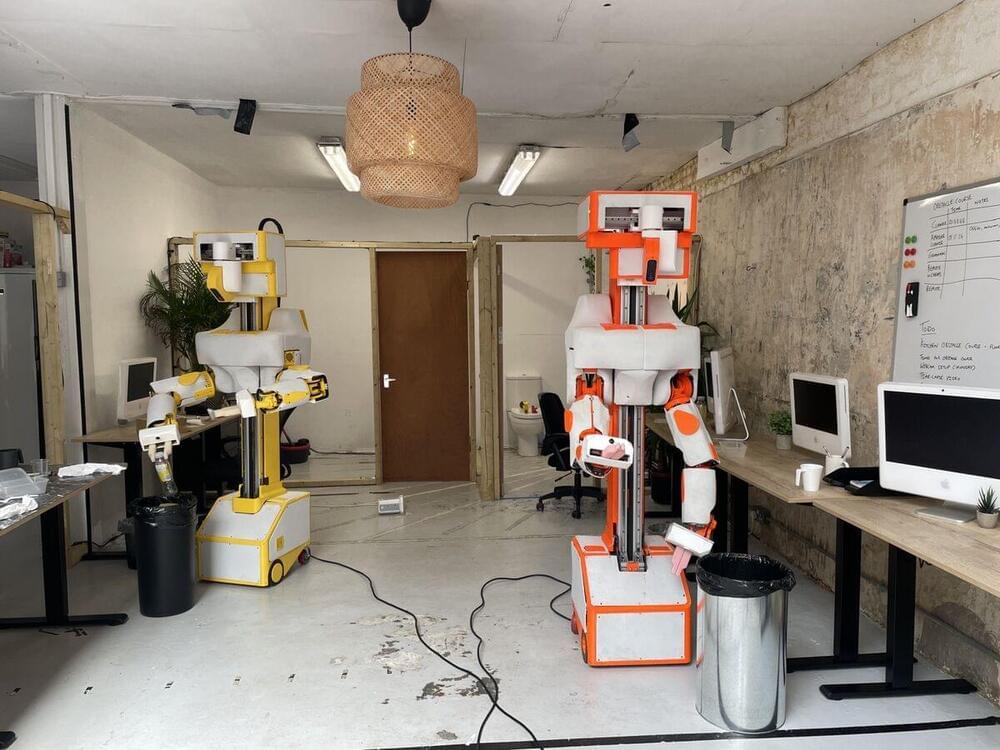Octopus mothers slam themselves against rocks and eat their own arms before their eggs hatch. Scientists have discovered what leads to the self-destruction.




In a recent study published in the Open Forum Infectious Diseases, researchers assess the resistance of uropathogenic Escherichia coli (UPEC) over time in adults who received uncomplicated urinary tract infections (uUTIs) outpatient care.
Study: Multi-drug resistance of Escherichia coli from outpatient uncomplicated urinary tract infections in a large U.S. integrated health care organization. Image Credit: 220 Selfmade studio / Shutterstock.com.

“For instance, in Japan, a battery tanker can carry power from regions with high renewable energy supply potential, such as Kyushu and Hokkaido, to high-demand areas of Honshu or for inter-island power transmission,” the company explained.
While electric propulsion vessels might be the future to decarbonize the shipping industry, there appears to be a need to haul stored renewable power to other grids worldwide via a new tanker class.

Age-related hearing loss impacts one in three adults between the ages of 64 and 75 in the US, and around half of these numbers are down to genes.
The extra kicker, though, is that because hearing involves a complex genetic toolkit, it also makes this kind of hearing loss incredibly difficult to treat.
A team of researchers has for the first time targeted age-related genetic hearing loss in a much older cohort of mice, which had a mutation of the human transmembrane serine protease 3 (TMPRSS3) gene that results in autosomal recessive deafness 8/10 (DFNB8/DFNB10).

If rising oceans aren’t worry enough, add this to the risks New York City faces: The metropolis is slowly sinking under the weight of its skyscrapers, homes, asphalt and humanity itself.
New research estimates the city’s landmass is sinking at an average rate of 1 to 2 millimeters per year, something referred to as “subsidence.”
That natural process happens everywhere as ground is compressed, but the study published this month in the journal Earth’s Future sought to estimate how the massive weight of the city itself is hurrying things along.

IBM has announced a 10-year, $100 million initiative with the University of Tokyo and the University of Chicago to develop a quantum-centric supercomputer powered by 100,000 qubits.
Quantum-centric supercomputing is an entirely new – and as of now, unrealised – era of high-performance computing. A 100,000-qubit system would serve as a foundation to address some of the world’s most pressing problems that even the most advanced supercomputers of today may never be able to solve.

The quest to develop hydrogen as a clean energy source that could curb our dependence on fossil fuels may lead to an unexpected place—coal. A team of Penn State scientists found that coal may represent a potential way to store hydrogen gas, much like batteries store energy for future use, addressing a major hurdle in developing a clean energy supply chain.
“We found that coal can be this geological hydrogen battery,” said Shimin Liu, associate professor of energy and mineral engineering at Penn State. “You could inject and store the hydrogen energy and have it there when you need to use it.”
Hydrogen is a clean burning fuel and shows promise for use in the most energy intensive sectors of our economy—transportation, electricity generation and manufacturing. But much work remains to build a hydrogen infrastructure and make it an affordable and reliable energy source, the scientists said.